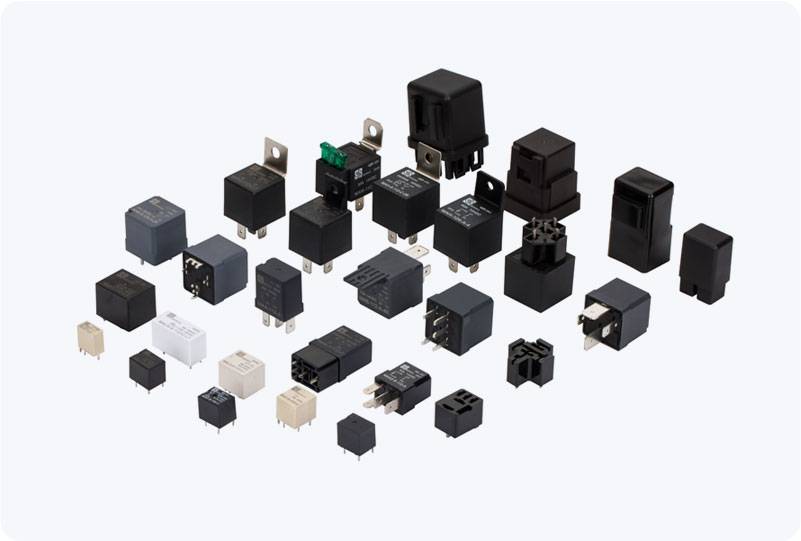Selective Reduction (SR) is a pivotal chemical process in various industrial sectors, enhancing efficiency and minimizing waste through controlled reduction reactions. In industrial use, SR has gained widespread significance due to its applications in pollution control, metal extraction, and organic synthesis. This article delves into the various aspects of SR for industrial use, exploring its mechanisms, applications, and the advancements that are driving its importance in today’s manufacturing processes.

Understanding Selective Reduction (SR) At its core, SR involves the selective reduction of specific compounds while leaving other components unaffected. This precision in the reaction is crucial for industries where maintaining specific chemical properties is necessary. Selective reduction methods are often catalyzed by specific agents or performed under controlled conditions to ensure that only desired chemical transformations occur. 1. SR in Pollution Control: Catalytic Reduction in Emission Treatment One of the most well-known applications of SR in industrial settings is its use in controlling nitrogen oxide (NOx) emissions, especially in automotive and power generation industries. The process known as Selective Catalytic Reduction (SCR) uses a catalyst, typically vanadium-based or titanium-based, to reduce NOx to harmless nitrogen and water vapor. This process has become the cornerstone of modern emissions treatment systems, particularly in diesel engines and coal-fired power plants, where NOx emissions are a major environmental concern.